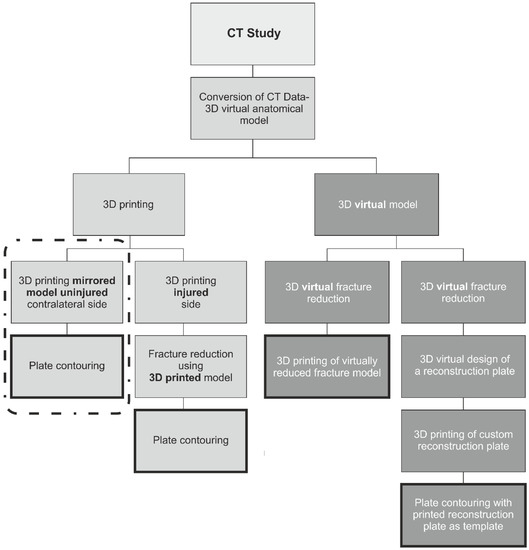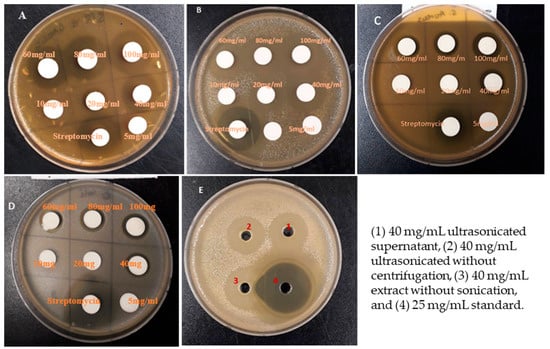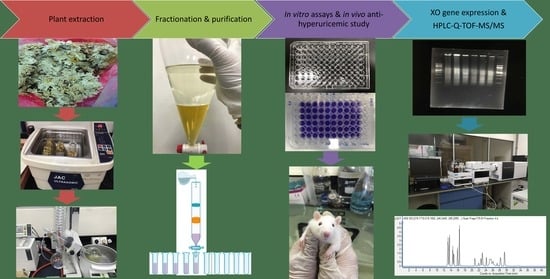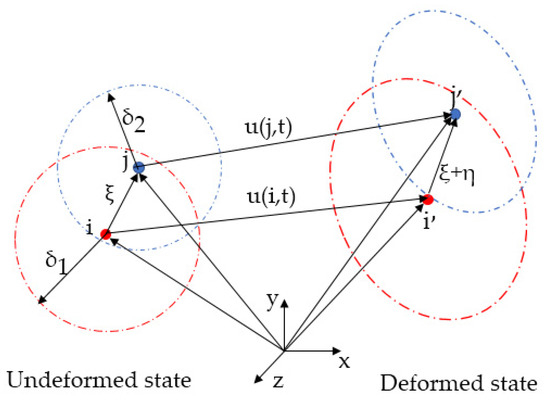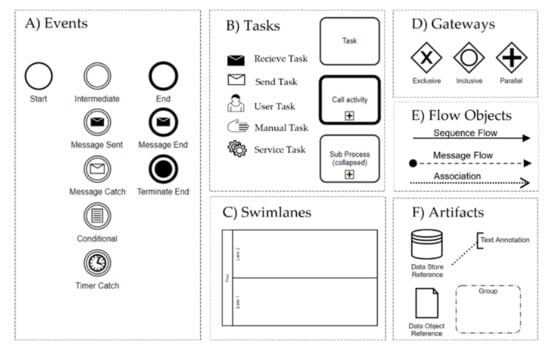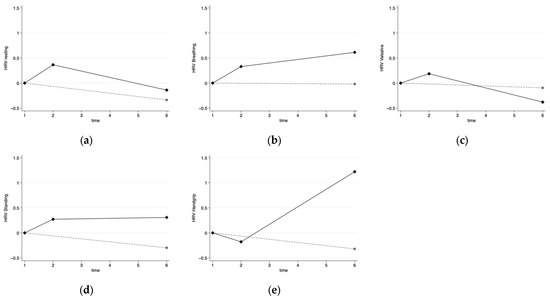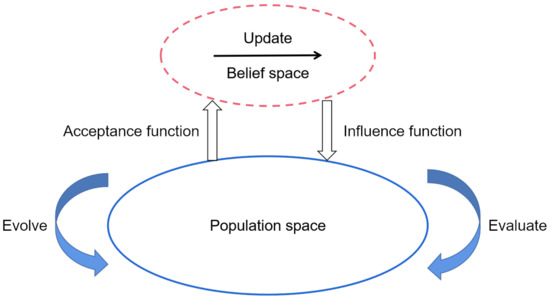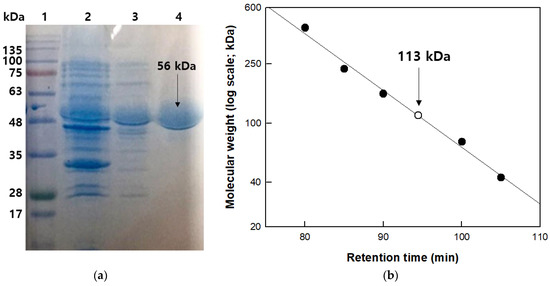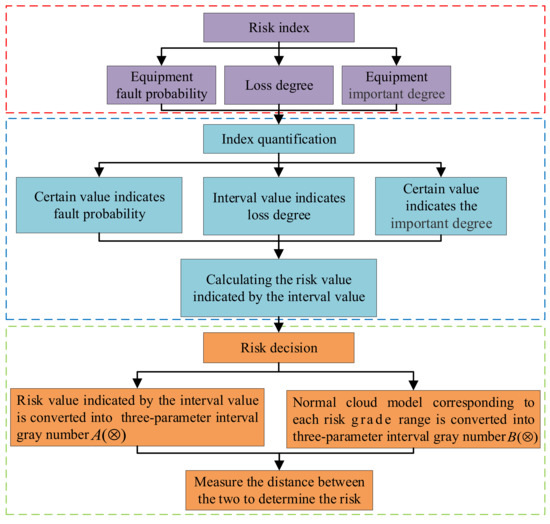1
Badong National Observation and Research Station of Geohazards, China University of Geosciences, Wuhan 430074, China
2
School of Engineering, China University of Geosciences, Wuhan 430074, China
Appl. Sci. 2022, 12(7), 3493; https://doi.org/10.3390/app12073493 - 30 Mar 2022
Cited by 4 | Viewed by 2420
Abstract
The shear constitutive model of the slip zone soil can be used to quantitatively describe the relationship between shear stress and shear displacement, which is of great significance for the analysis of deformation mechanism and stability evaluation of landslides. The conventional shear constitutive
[...] Read more.
The shear constitutive model of the slip zone soil can be used to quantitatively describe the relationship between shear stress and shear displacement, which is of great significance for the analysis of deformation mechanism and stability evaluation of landslides. The conventional shear constitutive models were usually proposed based on statistical damage theory with the Weibull distribution function, which is widely used in the field of rock material. However, there are great differences in the structure and mechanical properties of soil and rock; therefore, the suitability of the damage distribution functions for the slip zone soil needs to be further investigated. In this study, eight distribution functions are introduced to describe the damage evolution process of the slip zone soil and applied to two groups of shear stress–shear displacement curves (named shear curves) with different softening characteristics, i.e., strong softening type and weak softening type. The results show that: (1) the applicability of the various damage distribution functions to the two softening types of shear curves is obviously different; (2) the commonly used Weibull distribution is only suitable for the weak softening shear curves; (3) the shear constitutive models based on Gamma, Exponential, and Logistic distributions are the best three models for the strong softening curve; the shear constitutive models based on Gamma, Weibull, and Exponential distributions are the best three models for the weak softening curve; (4) Gamma distribution function is the optimal model in both strong softening and weak softening types of shear curves, and the parameters of the function have clear physical meaning in the shear constitutive model. In general, the Gamma distribution function can more objectively reflect the whole shear damage evolution process of the slip zone soil than other distribution functions.
Full article
(This article belongs to the Special Issue Advanced Research in Soil and Rock Behavior for Geotechnical and Geohazard Engineering)
▼
Show Figures


